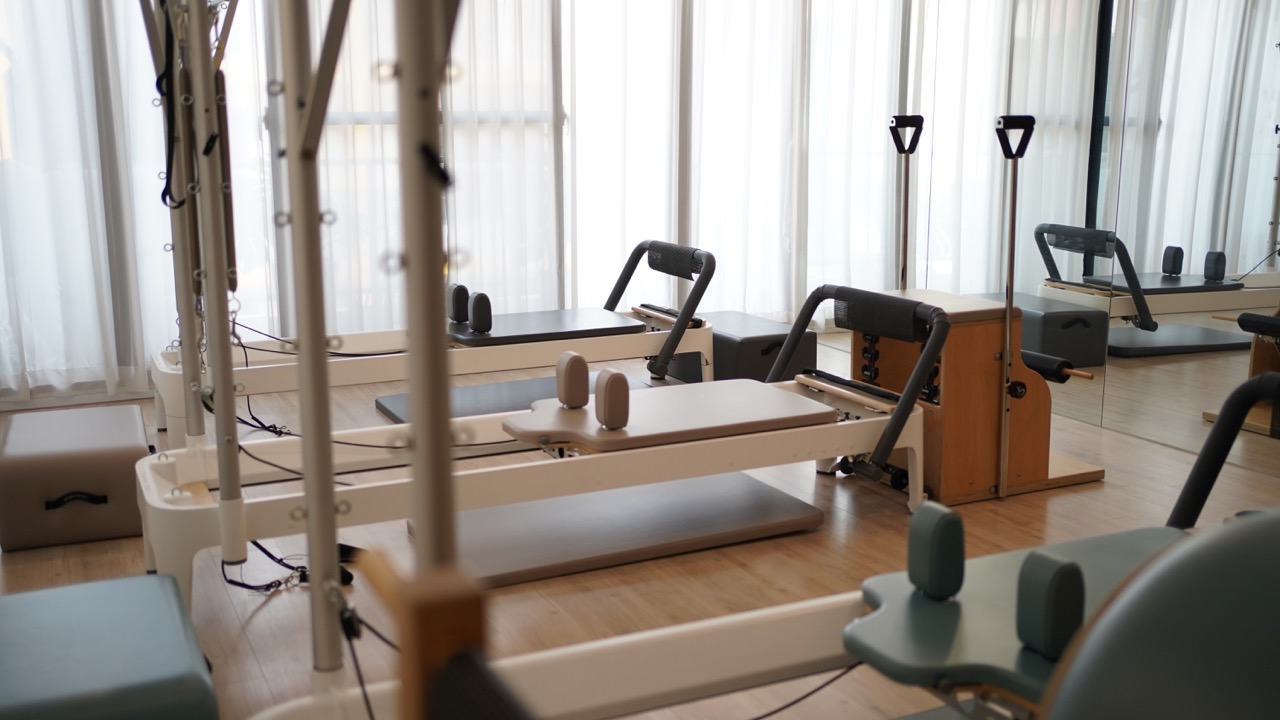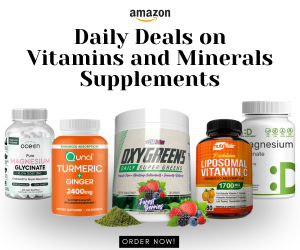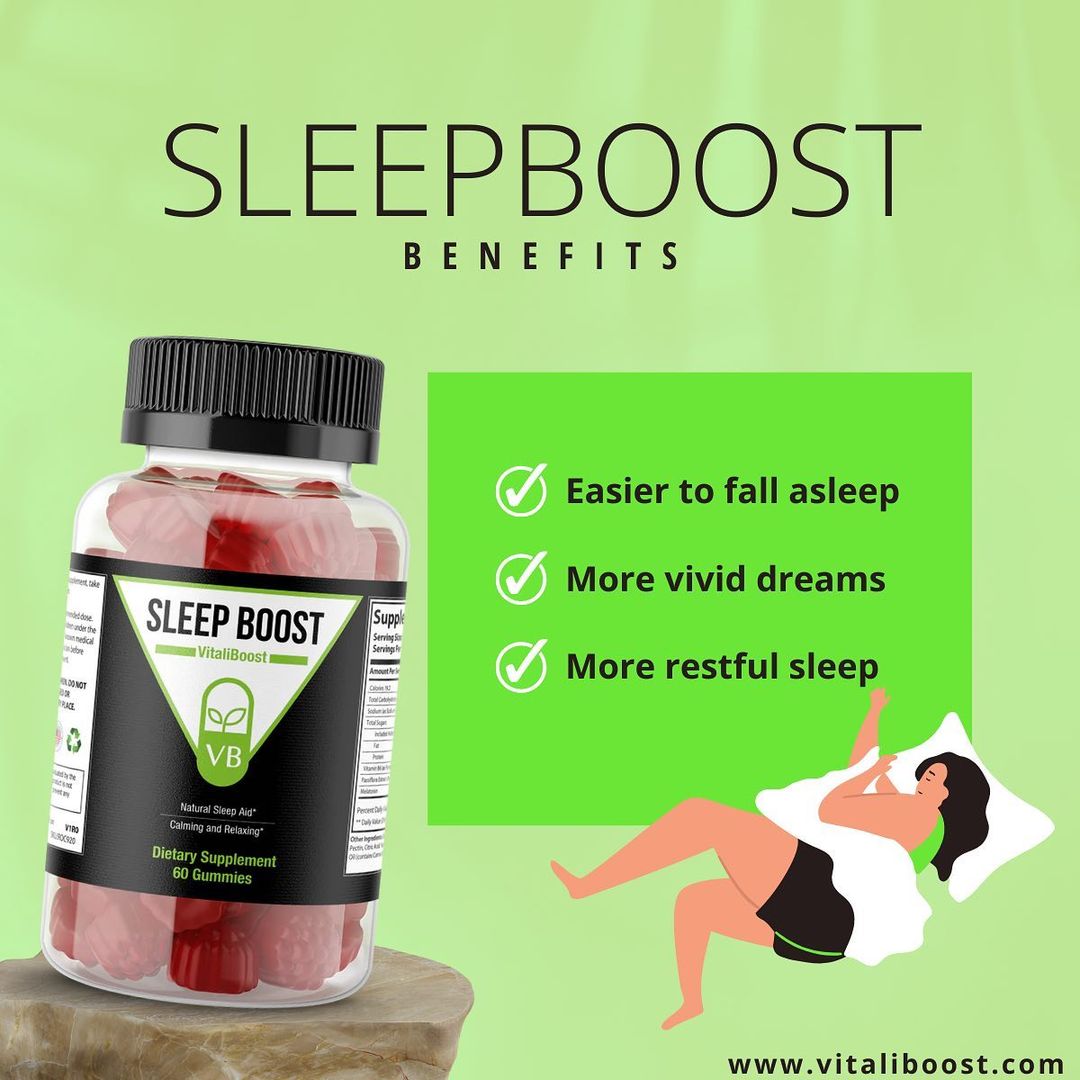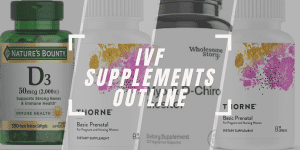
New to Pilates? This guide covers the essentials, helping you embark on a rewarding fitness journey with Pilates as a beginner.
Starting Pilates is an excellent way to improve both physical and mental health. As with anything new, though, trying to figure out where to start can feel overwhelming. Fortunately, beginners Pilates exercises are easy to learn and can give you a challenging (in a good way!) workout.
This is a guide to Pilates for beginners, so we will cover the basics, and hopefully, you’ll feel confident and excited about your fitness journey by the end of this article!
Crash Course: Pilates For Absolute Beginners

1. Benefits
First, let’s talk about the benefits. Anyone can do Pilates because it’s customizable to suit your fitness and flexibility levels. It provides an accessible, total-body workout that combines strength, flexibility and mobility exercises to improve muscle tone, balance, joint health and core strength.
Don’t let the fitness models twisting themselves into Cirque du Soleil-style poses intimidate you. Much of that is just marketing meant to look impressive. In reality, everyone starts with easy Pilates exercises and works to more challenging routines at their own pace.
2. How to Start

If possible, purchase a cushioned, nonslip exercise mat. If that’s outside your budget, using a carpeted surface covered with a blanket is okay to cushion your joints. Don’t worry about props or equipment yet.
Aim to practice at least twice per week or three times if your fitness levels allow. You can find hundreds of engaging, free, easy-to-follow videos by searching “Pilates for beginners” online. If you’re ready to dive deep into learning fundamentals, you can find detailed, paid courses that teach Pilates for beginners at home.
3. Pitfalls to Avoid

– Doing too much too fast
It’s easy to go all-out initially, only to wind up too sore and burnt out to continue over the long term. Pace yourself by creating a simple routine to follow no more than 2-3 times weekly.
– Rushing through exercises
Going faster actually makes your workout more tiring and less effective! Pilates is meant to be slow and controlled. Take your time with each pose to get the most benefit and prevent injuries.
– Being too hard on yourself
You won’t be “good at” Pilates right away. You’ll wobble, stumble and shake through tons of workouts, and that’s good! Consistent practice helps you feel how to use your breath and properly engage your muscles to get the best workout possible.
Also, learning to laugh at yourself when you wobble or fall out of a pose is a good way to practice not taking yourself too seriously or beating yourself up for not being “perfect,” which is a different kind of muscle we all need to strengthen!
Anyone Can Do Pilates

Starting Pilates for beginners doesn’t have to be expensive, complicated or time-consuming. All you need is your body, some free time and patience with yourself. With regular practice, you won’t have to call yourself a beginner for very long!
FAQ
How often should a beginner do Pilates?
Beginners should aim for three weekly sessions with at least a day of rest between them. Listen to your body and take extra rest days as needed.
Can you learn Pilates on your own?
Yes! You don’t need special clothes or equipment, either. You can easily learn the basics from video tutorials and practice at home as often as you wish.
Is Pilates enough to get in shape?
Pilates is a great exercise, but whether it’s enough depends on your fitness goals. Pilates is suitable if you want to lose weight, improve core strength or become more flexible, but it’s not enough to build serious muscle strength or endurance.
Which type of Pilates is best for beginners?
The many different types of Pilates can be overwhelming. Starting Pilates at home is easiest when you choose mat Pilates because it doesn’t require equipment and helps you learn the fundamentals well.







